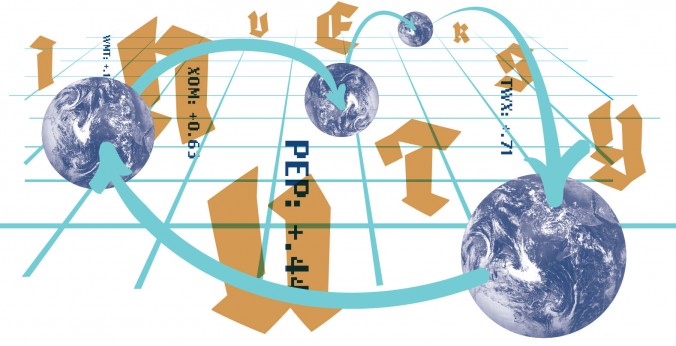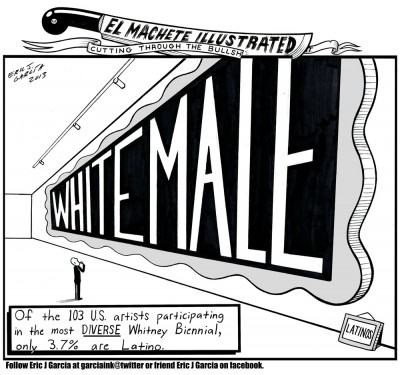U.S. Educational Institutions Export Their Product to the Global Marketplace

Amid a sea of controversy, 2013 saw Yale University open its doors for the first time in the sovereign city-state of Singapore. As a joint venture between the Connecticut-based Ivy-League school and the National University of Singapore (NUS), “Yale-NUS” received full funding from the Singaporean government and opened with an inaugural class of 157 students from 26 countries. Though Yale billed it as “Singapore’s first liberal arts college,” NUS spoke of it as providing a “global and multi-disciplinary education,” and Yale president Richard Levin described its ultimate goal as advancing “both the development of liberal arts curriculum and pedagogy encouraging critical inquiry” in Asia, these sentiments were not enough to placate concerned faculty, students and humanitarian organizations. Some worried about Singapore’s restrictions on free speech and homosexuality and how it would affect civil rights on campus. Others, like Yale Political Science professor Seyla Benhabib, criticized the “naïve missionary sentiment” of these educational motivations in Asia. But at an even more fundamental level, some were mystified by the seemingly hazy imperatives for opening this campus in the first place.
The creation of this university is not an isolated incident—it is part of a larger phenomenon in U.S. higher education. In the past decade, countless prestigious U.S. universities like Duke, NYU (New York University), the University of Chicago, and even Parsons School of Design, have worked with various state and national governments to begin the construction of full-time, degree-granting campuses in global cities like Singapore, Dubai and Shanghai across Southeast Asia, the United Arab Emirates, and China. Though the explanations vary between the administrations of these colleges, some commentators have explained this shift as yet another development in the ongoing relationship between internationalization and higher education.
Other prominent voices, such as NYU president John Sexton, describe the development of these schools as “harbingers of a new way of structuring the university.” He has explained these new campuses as “global network universities,” with the potential to fully integrate campuses into the global economy and connect people and programs on an international scale. Though these sentiments may seem anodyne, they form a façade over the real market logic driving the creation of the “global” university. As these developments have been understood as the future of higher education, these new configurations of knowledge and education may have negative social and economic ramifications.
While these narratives appear to adequately rationalize the creation of these global universities, it is undeniable that there are larger ideological forces governing these projects. To be sure, the structure of higher education in the U.S. has been dominated by corporations over the last few decades. The current CEOs of Pepsico, Time Warner Inc. and Chanel serve as members of the “Yale Corporation,” (the governing body of Yale university), and the school hosts undergraduate internship programs with these and other multi-national corporations. In a gesture that has now become standard protocol for universities, 2009 – 10 saw the University of Chicago’s Booth Business school accept from $50,000 – $99,999 in donations from corporations like Walmart, Cargill and the oil and gas giants Exxon-Mobil and Chevron-Texaco. Ultimately, the effects of higher education’s increasingly corporate character are adverse. As the historian Gerda Lerner has observed, this increased privatization and corporatization decreases state and federal funding to universities which creates rises in tuition that place financial burden on individual families. Additionally, privatization reduces the number of professors receiving tenure while hiring more underpaid adjunct faculty.
These new global universities embody what cultural anthropologist Tom Looser has described as “the instrumental logic of corporate profit seeking,” and some of the discourse surrounding the creation of these universities underscores the real rationale directing their creation. The acuteness of John Sexton’s language becomes revelatory enough when he refers to these new “genuinely global” universities’ abilities to “accommodate seamlessly” the flows of the “human capital of faculty, students and staff” between different national contexts. Likewise, on the website for the recently opened Mumbai campus of Parsons School of Design (one of the only art and design schools with a campus abroad), a large graphic with pictures of smiling undergraduates literally states that students will experience a “transformative and marketable” education with an “academic ideology that moulds designers to cater to a diverse range of industries and employers.”
Regardless of their self-stated motives, every institution involved in these processes intends to realize the full-fledged globalization of higher education. But just as globalization has entailed what the social theorist David Harvey has described as the “financialization of everything,” this shift fully amalgamates higher education with the market-logic of global capitalism. Perfectly captured by the language of Parson’s School of Design, the explicit logic of these universities is to take the creative capacities and subjectivities of prospective students and reduce them to fungible forms of service and interchangeable human capital. Education is described in terms of molding, as this human labor potential can be disciplined and shaped by universities to better serve the corporations that sponsor universities, and as a form of capital that can flow to the economic centers that desire it – namely, the service industries of global cities.
The ideological rhetoric surrounding global capitalism and its neoliberal social and economic characteristics has dovetailed with the way the global university and its student and faculty populations are imagined. This is especially so in the new ways in which human capital, or the collective economic value of a laborer’s skills, expertise and knowledge, are envisioned under the globalization of higher education. Just as neoliberal economic policies imagine the free flow of trade and capital across international borders, the global university is imagined to facilitate the free flow of human capital (in this case students, faculty and programs) that can be fed back into the service sectors of the largely post-industrial global cities they are created in. They intend to convert these increasingly sovereign cities to what Sexton has described as “idea capitals” that will “attract a disproportionate percentage of the world’s intellectual capacity.” In what Looser has described as “a merging of the university and the service sector,” global universities intend to create “a service-defined social life.”
While this extreme reduction of education to the production and crafting of human potential for business outcomes may seem like the same process that occurs stateside, or in any other industrialized social context, the importance here is that these developments are imagined at a global scale. Regardless of whether universities realize their stated neoliberal goals of making human capital flow internationally, the global university will play a fundamental role in the new organization of global cities and the ways they reconfigure social life and state power. But as power, sovereignty, and perhaps a large portion of the world’s intellectuals are drawn to these cities, it is important to remember the price of doing so. As these global configurations of U.S. universities exist for the maximization of profit at the expense of the identities and human capacities of individuals, these developments do nothing to amend the imbalances of social and economic power they create. It is for this reason that as global universities continue to grow and develop in tandem with global cities, each of the social actors involved in their production must be examined with a renewed and continuous amount of scholarly discourse and criticism. Without this, there may never be a way to imagine forms that could equally distribute power, wealth and agency within higher education.






